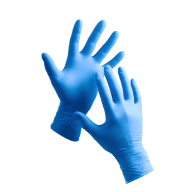DS Safety Firefighter Boots Made of NBR, CE CAT III, EN 15090 F3A
5.0 / 5
Product description
Product features:
- Fire-resistant work boots made of NBR nitrile butadiene elastomer
- 37 cm shaft height
- With polymer protective toe cap
- Antistatic
- High cut protection
- Non-slip
- Protection against contact heat
- Protection against chemicals, hot acids, lubricants, fuels and solvents
Technical data:
- Composite midsole
- Sizes 36-38 made of steel
- Slip Resistant
- Electrical Protection
- Heat & Flame Resistance
- Chemical Resistance
Standards and labels
DS SafetyWear delivery terms
Free delivery for all DS SafetyWear products
Prices excl. VAT
509,94 €
Price per 5 pairs
101,99 € / pair
Estimated delivery: Sep 5-8th
Minimum: 1 packageChoose quantity
36
37/38
39
40/41
42
43
44
45
46/47
48
49/50
Add 1 to reach minimum
Free delivery
A package contains 5 pairs
View packaging details
Need larger quantities?
Other products you may like
Recently viewed
Other products you may like
Similar products you may like
Autonomous sourcing platform
The most efficient way to source and order supplies for your operations
Sourcing
Find all possible options within Europe in one place
Tap into the purchasing power of 1000s of customers
Set Price Alerts for your products and volumes
Ordering
Single process to order for your suppliers
Centralize orders to reduce admin work
Easily coordinate orders with your team



